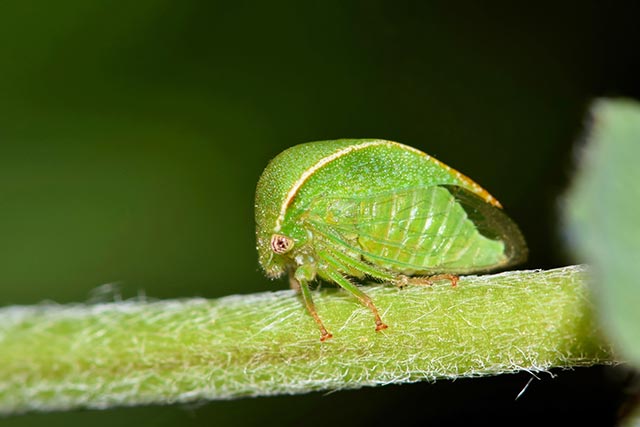The heart could get a new lease on life, thanks to mysterious abdominal tissue
09/05/2019 / By Edsel Cook

Children born with extreme cardiac issues often need to undergo a heart transplant within the first decade of their lives. But Illinois-based researchers believe that transplanting an abdominal tissue called omentum to the defective heart can help reduce stress on the organ, thereby eliminating the need for a heart transplant.
Defined as a curtain of fatty tissue that hangs from the stomach, omentum appears to be unremarkable. But according to studies, it has many useful properties that can reduce the damage done to nearby tissue.
The ability of omentum to support other tissues makes it a potential solution for children born with hypoplastic left heart syndrome (HLHS) and other severe heart issues.
The left side of the heart of an HLHS patient doesn’t grow the way it should. This uneven development causes the right half of the organ to work much harder to compensate. As a consequence, the overworked side becomes more prone to injury and heart failure.
Recently, researchers conducted an experiment where they surgically removed the omentum from rats with left ventricular hypertrophy, a condition that resembles HLHS in humans. They transferred the fatty tissue to the over-stressed heart of the animals. (Related: Omega-3 fatty acids linked to improved cardiovascular health.)
The omentum may help children with heart defects survive without having a heart transplant
The results showed that omentum transplantation reduced the injuries sustained by the overworked half of the rats’ hearts. Supported by the omentum, the heart maintained its normal functionality.
“We were presently surprised to see that we can regenerate the heart with fatty tissue that is naturally present in the body,” said Northwestern researcher Dr. Joseph Forbess, co-author of the study. “A simple, low-tech procedure potentially could prevent or at least delay the need for a heart transplant in children born with hypoplastic left heart syndrome, for example.”
According to the Centers for Disease Control and Prevention (CDC), 960 babies in the United States are born with HLHS every year. The newborns could die unless they undergo several surgical operations.
However, even after enduring all those surgeries, the children remain vulnerable to cardiac failure. They will eventually need a heart transplant if they want to have a chance to reach adulthood.
“Children with heart failure desperately need innovative approaches to prolong the life of their heart,” said Forbess. “With the omentum, we may have the answer, although we still don’t know how exactly it coaxes the heart to heal so impressively.”
These enigmatic tissues fight infection and encourage healing
The true function of the omentum remains a mystery to this day. Experts know very little about the role it plays in the abdomen and how it fulfills its functions.
But what they do know is that the fatty tissue contains a widespread network of blood vessels and plenty of immune cells. Both blood and immune cells are vital to good health.
New studies show that the omentum also contains plenty of pluripotent stem cells and growth factors. Pluripotent stem cells can turn into any type of cell or tissue required for healing.
Omentum’s ability to halt infections also led to its use in surgical operations. Omentum transplantation to surgical and traumatic wounds encourages faster and better healing and regeneration.
Forbess and his team plan to test the procedure using more animal models. If their initial results get validated, they plan on conducting clinical trials with children next.
They hope that early transplant of the omentum to the hearts of children with cardiac defects may protect the heavily-stressed organ from getting injured and worn out to the point of failing.
Sources include:
Tagged Under: abdominal tissue, alternative medicine, Birth defects, blood vessels, breakthrough, children's health, discovery, fatty tissue, heart damage, heart defects, heart failure, heart health, heart surgery, heart transplant, HLHS, Hypoplastic left heart syndrome, immune cells, infections, natural cures, natural medicine, omentum, pluripotent stem cells, prevention, research, Wound Healing
RECENT NEWS & ARTICLES
COPYRIGHT © 2017 DISCOVERIES NEWS



















